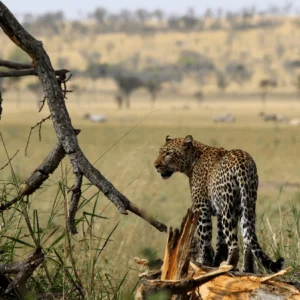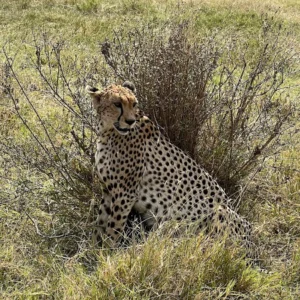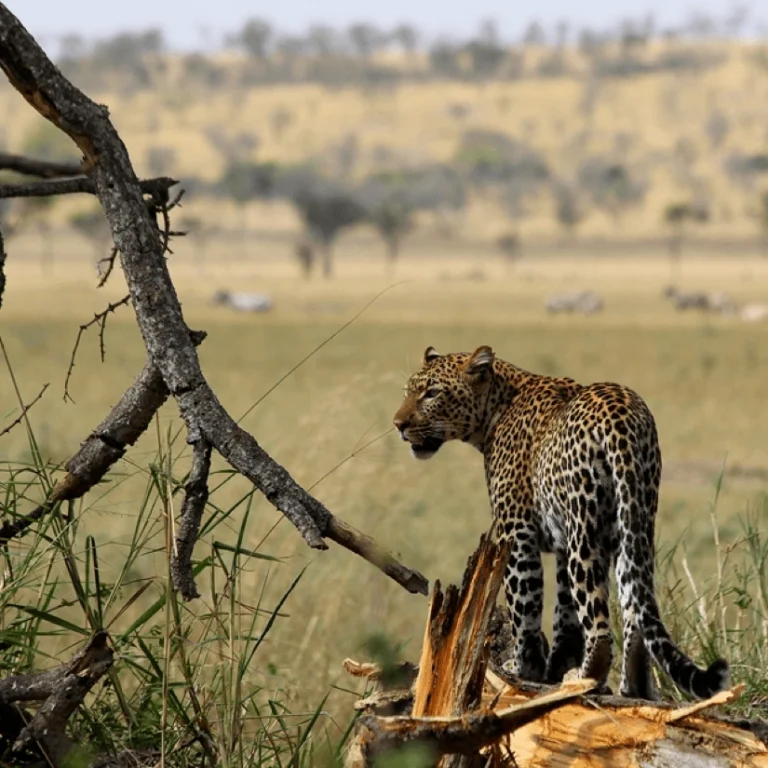Interesting 10 Fabulous Facts of the Greater Kudu (Tragelaphus Strepsiceros).
Welcome to our comprehensive exploration of the Greater Kudu (Tragelaphus strepsiceros), a majestic antelope species inhabiting the African continent. In this article, we delve into ten fascinating facts that showcase the beauty, resilience, and uniqueness of this remarkable creature.
Certainly! The Greater Kudu (Tragelaphus strepsiceros) is a captivating antelope species found in Africa. Let’s delve into some fascinating facts about these majestic creatures:
Fabulous Facts 1: Spiral Horns
The Greater Kudu boasts the longest horns of any antelope. These magnificent, corkscrew-like horns can have two and a half twists, and occasionally even three. If straightened, they would reach an average length of 120 cm (47 inches), but the record length is an astonishing 187.64 cm (73.5 inches)12.
Fabulous Facts 2: Alert and Elusive
Kudus are highly alert and notoriously hard to approach. When they sense danger, they emit a hoarse alarm bark and then flee with a distinctive, rocking-horse running motion. The males even lay back their horns to avoid overhead obstructions.
Fabulous Facts 3: Greek Origins
The name “kudu” has its roots in the indigenous Khoikhoi language of Southern Africa. The scientific name, Tragelaphus strepsiceros, combines Greek words: “tragos” (he-goat) and “elaphos” (deer), while “strephis” means “twisting” and “keras” means “horn” – a fitting description for their impressive spiraled horns.
Fabulous Facts 4: Habitat and Distribution
Greater Kudus thrive in lightly wooded savannas and rocky bush country. While most common in Southern Africa, smaller populations of three different subspecies exist in East Africa, the Horn of Africa, and the southern Sahara. They wisely stick to cover to avoid predators like lions, leopards, hyenas, and wild dogs.
Fabulous Facts 5: Musical Horns
These antelopes have served various traditional communities as both embellishments and musical instruments. The shofar, a Jewish ritual horn blown during Rosh Hashanah, is one such example. The kudu’s horns are not only striking but also resonate with cultural significance.
Fabulous Facts 6: Interlocking Horns
During the courtship season, male kudus may spar with each other, shoving and using their horns for dominance. Occasionally, their horns become interlocked, and if unable to free themselves, both males may tragically perish.
Fabulous Facts 7: Kudu Dung-Spitting
Yes, you read that right! The South African Afrikaner community practices a traditional sport called Kudu dung-spitting (Bokdrol Spoeg in Afrikaans). Fabulous Facts of the Greater Kudu. Contestants compete to spit one of the antelope’s small, hard dung pellets the farthest – a quirky and unique pastime indeed.
Fabulous Facts 8: Size and Weight
Adult Greater Kudus stand between four and five feet at the shoulder (approximately 100 cm to 160 cm) and can weigh anywhere from 264 to 693 pounds. Males tend to be about 50 pounds heavier than females.
Interesting Facts 9: Age Revealed by Horn Twists
The number of twists on a kudu’s horns can reveal its age. Fabulous Facts of the Greater Kudu. These remarkable horns begin growing when the bull reaches 6–12 months, twist once around two years of age, and achieve the full two-and-a-half twists by the age of six.
Fascinating Facts 10: Graceful Leapers
Despite their large size, Greater Kudus are lightly built and famed for their leaping prowess. They can clear fences and other obstacles with ease, showcasing their agility and grace.
In conclusion, the Greater Kudu stands as a captivating symbol of Africa’s rich biodiversity, embodying grace, resilience, and adaptability. Through its distinctive appearance, social dynamics, and ecological significance, this magnificent antelope continues to inspire awe and admiration among all who encounter it.








